PPT-How Do You Know When
Author : calandra-battersby | Published Date : 2015-11-29
Your Programs Really Work Evaluation Essentials for Program Managers Session 3 DATA ANALYSIS Anita M Baker EdD Evaluation Services Hartford Foundation for Public
Presentation Embed Code
Download Presentation
Download Presentation The PPT/PDF document "How Do You Know When" is the property of its rightful owner. Permission is granted to download and print the materials on this website for personal, non-commercial use only, and to display it on your personal computer provided you do not modify the materials and that you retain all copyright notices contained in the materials. By downloading content from our website, you accept the terms of this agreement.
How Do You Know When: Transcript
Download Rules Of Document
"How Do You Know When"The content belongs to its owner. You may download and print it for personal use, without modification, and keep all copyright notices. By downloading, you agree to these terms.
Related Documents

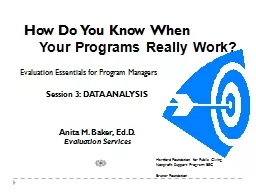

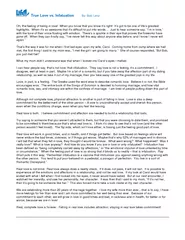

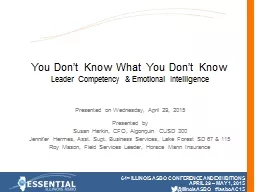
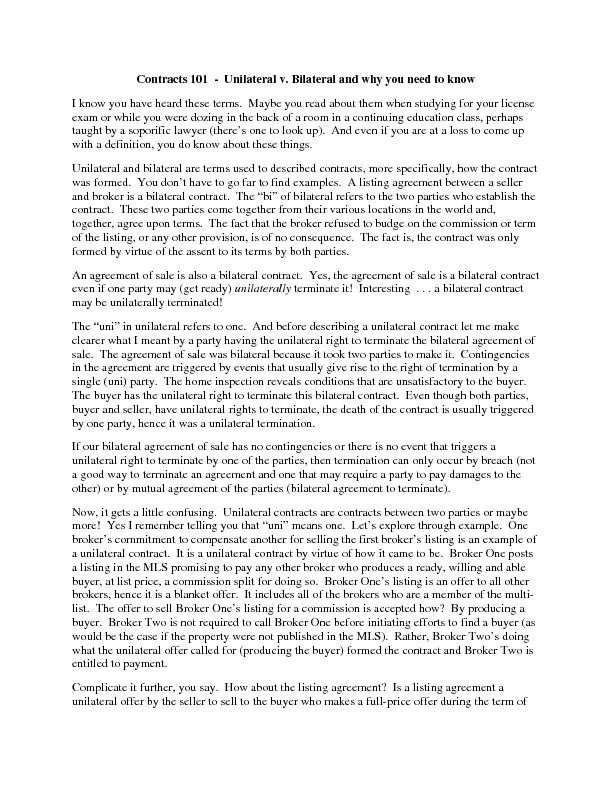

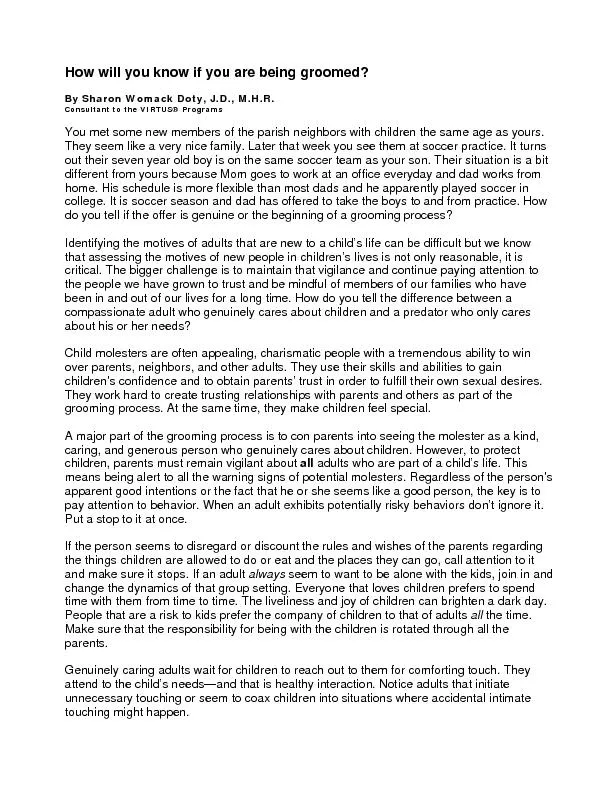




![[DOWNLOAD] - Planet Law School II: What You Need to Know (Before You Go), But Didn\'t](https://thumbs.docslides.com/902888/download-planet-law-school-ii-what-you-need-to-know-before-you-go-but-didn-t-know-to-ask-and-no-one-else-will-tell-you-seco.jpg)
![[EBOOK] - Planet Law School II: What You Need to Know (Before You Go), But Didn\'t Know](https://thumbs.docslides.com/906479/ebook-planet-law-school-ii-what-you-need-to-know-before-you-go-but-didn-t-know-to-ask-and-no-one-else-will-tell-you-seco.jpg)